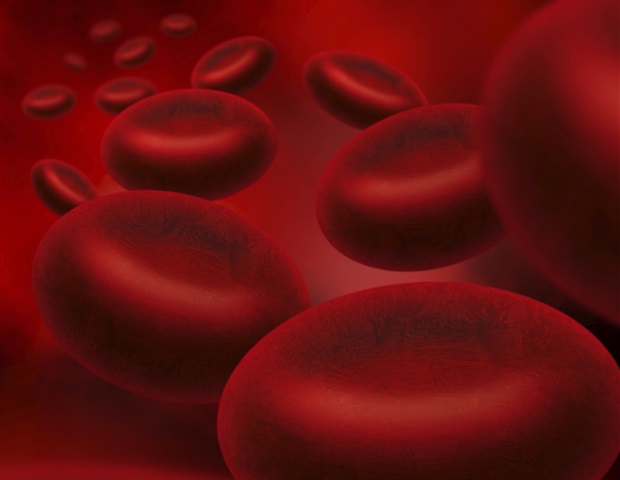
In what is believed to be one of the largest studies of a rare disorder known as primary cutaneous gamma delta T-cell lymphoma (PCGDTCL), Rutgers Cancer Institute of New Jersey investigators and other collaborators examined characteristics, treatment patterns and outcomes of the disease, and determined accurate diagnosis of the disease requires ongoing analysis.
Results of the work are being shared as part of a poster presentation at the American Society of Hematology Annual Meeting in Orlando later this week by lead investigator Kevin David, MD, hematologist/oncologist at Rutgers Cancer Institute. Dr. David, who is also an assistant professor of medicine at Rutgers Robert Wood Johnson Medical School, shares more about the work.
Q: Why is this topic important to explore?
A: Primary cutaneous gamma delta T-cell lymphoma is a rare disorder, and in comparison to other more common subtypes of non-Hodgkin lymphomas, relatively little is known about prognostic factors and optimal treatments. Although it is a rare condition, it can in many instances behave quite aggressively and profoundly impact patients. Therefore, learning more about how this disease behaves, which disease characteristics affect outcomes, and which treatments may improve outcomes are all important to understand more fully.
Q: Tell us about the work and what you and your colleagues found.
A: Given the rarity of this particular lymphoma, collaboration with lymphoma researchers across the country was key in this study. We identified cases of PCGDTCL at 10 U.S. medical centers that occurred between 2000 and 2017, and collected information about patient characteristics, pathology characteristics, treatments administered, and outcomes, including remission rates and the length of time the disease was controlled.
Although it is ideal for lymphomas to be diagnosed with uniform standards across the country, we found important nuances in the manner in which pathologists at different medical centers diagnose this rare lymphoma. Identifying these differences will be key to better streamline diagnoses in the future. We also found that patients in better overall health, as measured by the ECOG Performance Status scale, and with normal, as opposed to increased, levels of a tumor marker (lactate dehydrogenase) had better outcomes.
There is no one standard treatment regimen for this lymphoma, and a wide variety of treatments were used for newly diagnosed patients, ranging from ultraviolet light treatment to multi-agent chemotherapy. While no single treatment regimen resulted in the best outcomes, our results suggest that incorporating allogeneic stem cell transplant in treatment planning can improve results.
Q: Why are these results significant?
A: Our findings demonstrate the importance of trying to create and adhere to more uniform diagnostic criteria for this rare lymphoma. Additionally, we have much work to do in identifying better treatment regimens to improve outcomes for PCGDTCL, and continued multi-center collaborations will be crucial.
Rutgers Cancer Institute of New Jersey






No comments
Post a Comment